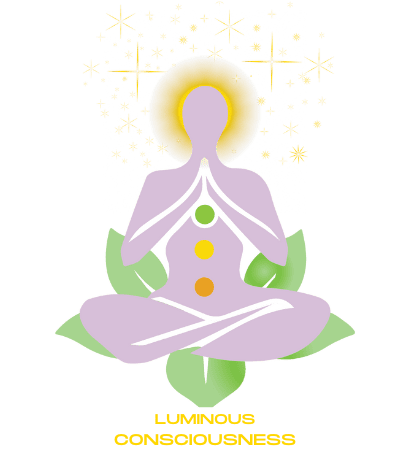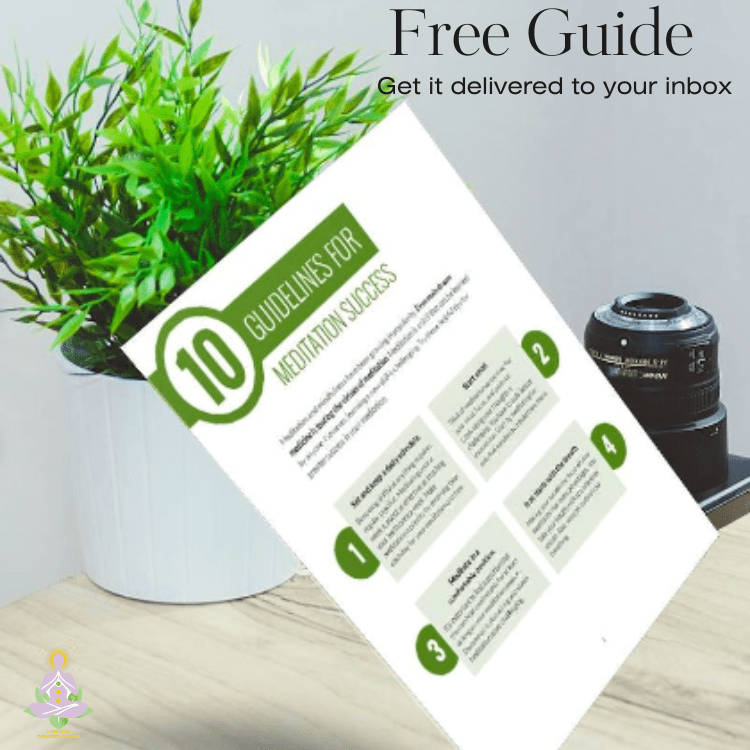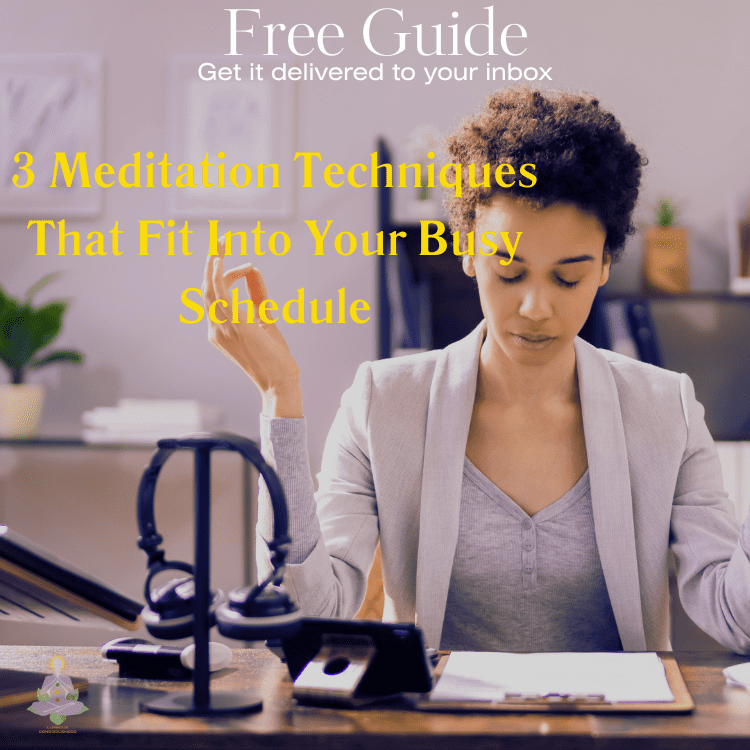Here’s a little transparency: Our website contains affiliate links. This means we may receive a small commission if you click and make a purchase. Don’t worry—there’s no extra cost to you. It’s a simple way you can support our mission to bring you quality content. Learn more at the Affiliate Disclosure page.
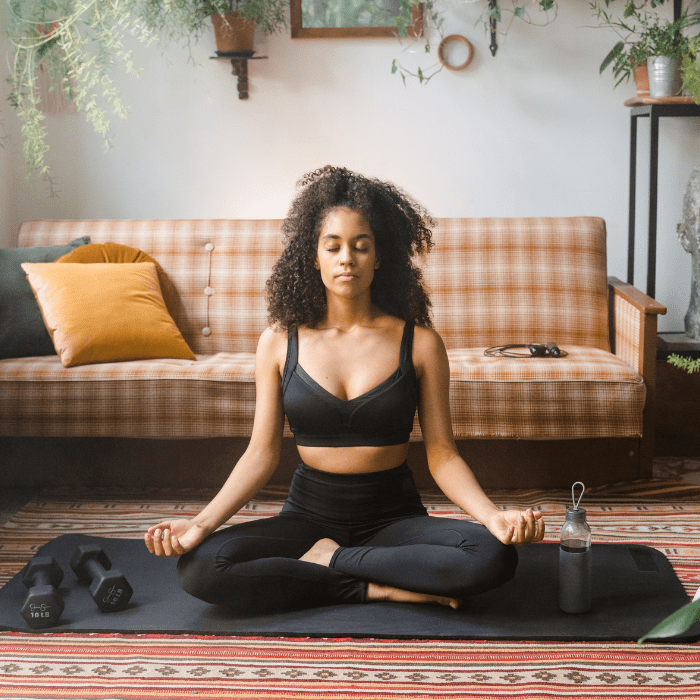
Reclaiming Inner Power:
The Benefits of Establishing a Consistent Meditation Practice
Establishing a consistent meditation routine can profoundly impact physical and mental well-being. In today’s fast-paced world, it’s easy to get caught up in the hustle and bustle of daily life, leaving little time for self-care and mindfulness. This leads to a buildup of stress over time, and we all know the adverse effects of stress on our physiology.
We have become increasingly disconnected from the source of creation and forgotten our innate power from within. Our ancestors had access to this power, but we are drifting away. With the advance of technology and the impact of practices like excessive phone and TV use, unhealthy eating habits, and recreational drug use, we often react spontaneously to our environment instead of mindfully observing and responding to external stimuli.
The good news is that we can reverse these programmed patterns and develop healthier responses to situations, improving relationships with ourselves, others, and our environment. It’s never too late to start, and even dedicating a few minutes each day to focus on your breath, calm your mind, and connect with your inner self can have transformative effects on both body and mind.
This blog will explore establishing a consistent meditation practice, focusing on a meditation checklist and what to do before, during, and after meditation. Additionally, we will delve deeper into a crucial aspect not frequently discussed in the meditation community – the importance of the resting period.
Pre-Meditation Preparation
Before you begin your meditation practice, preparing yourself for a successful and enjoyable experience is essential. Here are the key steps to take:
Find a quiet and comfortable space for meditation: Identify a calm, peaceful spot where you can sit comfortably without distractions. This could be a dedicated meditation room, a corner of your bedroom, or even a quiet outdoor spot. You don’t have to sit in the lotus position if you’re not that flexible. Any sitting position with the back and neck straight is perfect as long as there’s comfort.
Set aside a regular time for meditation: Choose a specific time of day that works for you, such as first thing in the morning or before bed. Consistency is critical to developing a meditation habit.
Choose a meditation technique: Select a meditation technique that resonates with you, such as mindfulness, loving-kindness, or transcendental meditation. Experiment with different techniques to find what works best for you.
Prepare the body for meditation: Take a few moments to relax and find a comfortable position. Sit with your back straight, relax your shoulders, and release any tension in your face, shoulders, hands, and legs. You can also take a few deep breaths to calm your nervous system. If you’re exhausted, it’s natural to feel like falling asleep during meditation – sleep! In such cases, it’s better to allow your body to rest. You can always return to your meditation practice afterward. Taking a brief power nap for 15 to 20 minutes can help improve alertness during meditation.
Minimize distractions: Turn off or mute your phone, TV, and other electronic devices to minimize distractions and create a peaceful environment.
Meditation Techniques
To establish a meditation routine, it’s essential to choose a technique that resonates with you. Here are some popular meditation techniques to consider:
- Mindfulness Meditation: Focus on the present moment without judgment or distraction. Pay attention to your breath, body sensations, or emotions.
- Loving-Kindness Meditation: Cultivate feelings of love, compassion, and kindness towards yourself and others. Repeat phrases such as “May I be happy, may I be healthy, may I be at peace.”
- Transcendental Meditation: Use a mantra to quiet your mind and access a deeper state of consciousness.
- Guided Meditation: Listen to a guided audio recording that leads you through a meditation practice, often with a specific theme or visualization.
- Body Scan Meditation: Bring awareness to different parts of your body, releasing tension and promoting relaxation.
- Movement Meditation: Combine physical movement with mindfulness, such as yoga or tai chi.
- Visualization Meditation: Imagine a peaceful, relaxing scene or scenario to calm your mind and promote relaxation.
Remember, the key is to choose a technique that resonates with you and practice it regularly to develop consistency and skill. Feel free to experiment with different methods to find the best for you. This process of exploration and choice is empowering, putting you in control of your meditation journey.
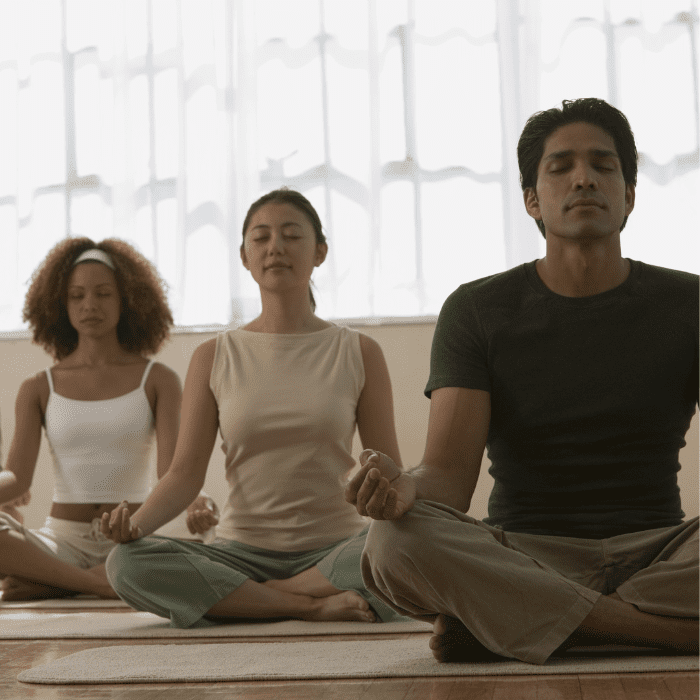
Meditation Duration and Frequency
- Start with a manageable duration (e.g., 5-10 minutes) and gradually increase as desired. As you get comfortable with the practice, you can increase the time. The recommended duration for most meditation is 20 mins.
- Aim to meditate at least 3-4 times per week, with a goal of daily practice. Meditate twice a day if you can. Morning meditation helps set a positive tone for the day, while late afternoon meditation can help you unwind and de-stress before supper.
Remember, meditation is a profoundly personal journey. You can adjust the duration and frequency based on your schedule and energy levels. What works for one person may not work for another, and that’s okay. The key is to find a practice that resonates with you and to enjoy the journey of self-discovery and growth. You are in control of your meditation journey, and that’s a powerful realization. There’s no need to feel pressured or rushed-meditation can adapt to you.
Tips for a Successful Meditation Session
To make the most out of your meditation session, follow these tips:
- Take deep breaths to relax and center yourself, allowing your mind and body to settle calmly.
- To fully experience meditation, “focus” your mind and let go of distractions, such as thoughts or external noises.
- Use calming music or nature sounds to enhance your meditation and create a peaceful atmosphere.
- Practice mindfulness, being present at the moment. Let go of worries about the past or future and be in the here and now.
- End with a moment of gratitude or reflection, acknowledging the benefits of your meditation practice and how it has impacted your day.
- After meditation, enjoy the benefits of a calm and clear mind, which will carry a sense of peace and clarity throughout your day.
Post-Meditation Routine
After your meditation practice, take a few moments to:
- Take a few deep breaths and slowly open your eyes, allowing yourself to return to the present moment gradually.
- Take a moment to reflect on your meditation experience, noticing what arose during your practice, what you felt, and what insights you gained. This reflection is a crucial part of the meditation process, helping you integrate the benefits of meditation into your daily life and stay connected to your practice.
- After your meditation practice, taking a moment to rest is essential. A 5-10 minute rest is recommended to let the energy that builds up in the nervous system settle in the body.
This is a necessary aspect of meditation that many don’t discuss. Still, it’s a crucial part of caring for your well-being and integrating the benefits of meditation into the body as stress is dissolved. By incorporating these simple steps into your post-meditation routine, you can enhance the benefits of your meditation practice and make it a more sustainable and enjoyable part of your daily routine.
Why is Rest so Important after Meditation?
I decided to delve deeper into this subject because it’s often overlooked. It’s important to stress that the lack of rest periods can lead many people to give up on meditation in the early stages due to discomfort and even frustration arising from this lack.
Meditation is a multifaceted process involving mental and physical changes in the body. During meditation, there are significant changes in neural activity, blood flow, and oxygenation in the brain, leading to various physiological and psychological effects such as increased energy, relaxation, and reduced stress. Additionally, the release of stress during meditation can continue after the session. Allowing for a restful period helps ensure that lingering stress is fully purged.
One of the most significant effects of meditation is the production of a phenomenon known as “neuroplasticity.” Neuroplasticity refers to the brain’s ability to reorganize and adapt to new experiences, learning, and environmental changes. During meditation, the brain undergoes significant changes in neural activity, with areas such as the prefrontal cortex, default mode network, and sensory cortices showing increased activity.
One study published in the journal NeuroImage found that meditation can change the brain’s default mode network, producing excess energy and neural activity. The study also found that resting after meditation can help reduce these changes and prevent minor issues such as headaches, fatigue, and irritability.
Another study published in Psychosomatic Medicine found that meditation can change the body’s stress response system, producing excess energy and neural activity. The study found that resting after meditation can help reduce these changes and prevent minor issues such as headaches, fatigue, and anger.
Resting after meditation is essential for the mind and body to integrate these changes correctly. During rest, the brain and body can consolidate and process the information and experiences gained during meditation. This process is known as “memory consolidation,” and it is essential for forming and storing new memories.
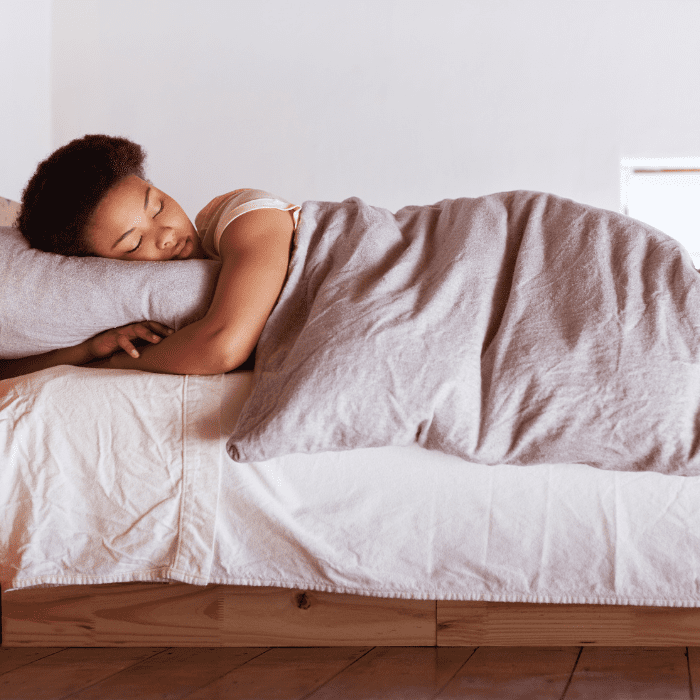
Research has shown that resting after meditation can have several benefits, including:
1. Reduced stress and anxiety: Resting after meditation can help to reduce stress and anxiety by allowing the body to relax and recover from the physical and mental demands of meditation.
2. Improved mood: Resting after meditation can help to improve mood by allowing the brain to process and consolidate the positive emotions and experiences gained during meditation.
3. Increased energy: Resting after meditation can help increase energy levels by allowing the body to recover from meditation’s physical and mental demands.
4. Reduced fatigue: Resting after meditation can help to reduce fatigue by allowing the body to recover from the physical and mental demands of meditation.
5. Improved cognitive function: Resting after meditation can help to improve cognitive function by allowing the brain to process and consolidate new information and experiences.
Conclusion
Establishing a meditation routine can profoundly impact both physical and mental well-being. Following this checklist, you can create a personalized meditation practice that suits your needs and lifestyle. Remember to be patient, persistent, and flexible, celebrate small victories, and acknowledge progress. Resting after meditation is essential for the mind and body to integrate the changes and experiences gained. Research has shown that sleeping after meditation can have several benefits, including reduced stress and anxiety, improved mood, increased energy, reduced fatigue, and improved cognitive function.
Let me know what you think in the comments section below. Please subscribe to our newsletter for updates and thought-provoking topics about life and spirituality.
You can also check other related blogs below:
Transcendental Meditation
The Power of Meditation in Spiritual Growth
Meditation Technique vs Meditation Types
A Beginner’s Guide to Meditation
10 Ways Meditation Can Improve Your Daily Life
Let me know what you think in the comments section below. Please subscribe to our newsletter for updates and thought-provoking topics about life and spirituality.
References: For an extensive list of references, please visit our Peer Reviewed Research Papers to learn more.
Oken, B. S., Zajdel, D., & Olmstead, R. (2019). The effects of mindfulness meditation on energy and fatigue in healthy adults: A systematic review. Mindfulness, 10(2), 241-253.
Ong, J. C., Shapiro, S. L., & Manber, R. (2018). The effects of mindfulness meditation on fatigue and sleep quality in healthy adults: A systematic review. Mindfulness, 9(2), 354-365.
Take Something With You before You Leave
If you’ve made it this far, I want to express my gratitude for taking the time to read. As a token of appreciation for your interest, I offer you three complimentary gifts.
Whether you’re beginning your journey of self-discovery, aiming to broaden your consciousness, or seeking harmony between your busy life and a deeper connection, feel free to choose the gifts that resonate with you. After all, it’s on the house.
